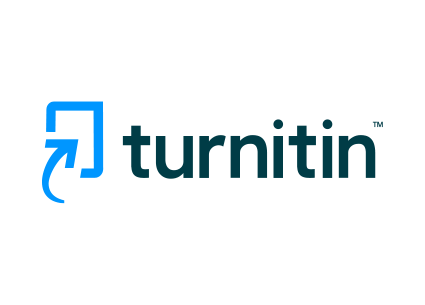Consistency in Infrastructure Design as the Key to an Integrated and Sustainable Nusantara Capital City
DOI:
https://doi.org/10.35718/specta.v9i1.1342Keywords:
Technology, Urban Infrastructure Management, Sustainability, Energy Efficiency, GovernanceAbstract
The development of infrastructure in Indonesia, especially in the National Capital City (IKN), requires integrated and sustainable design. The use of smart technology and data-based management systems is a key innovation to optimize urban infrastructure, making it more efficient and responsive to urban environmental changes (30%). This technology enables a more efficient planning and management process, which in turn improves the quality of life for city residents by enhancing energy efficiency, reducing carbon footprints, and improving public services. Based on analysis, the application of smart technology shows significant improvements: energy efficiency increased by 25%, carbon footprint reduction by 25%, public service quality increased by 20%, and natural resource management improved by 25% (25%). This approach aligns with the theory of Koens, Postma, & Papp (2018), which states that cities are multifunctional and complex environments, where the increasing number of visitors can put pressure on existing resources. Additionally, the principle of sustainability, covering social, economic, and environmental aspects, is also a primary focus of this study, in line with the views of Langle-Flores et al. (2025), emphasizing the importance of polycentric governance systems for achieving sustainable policy agreements. This research provides an overview of the critical role of technology and governance in creating cities that are more inclusive and responsive to global changes, such as climate change and rapid urbanization (20%). The study recommends the importance of policies that support the integration of technology and sustainability principles in future city planning, as well as the need for coordination between stakeholders to achieve a balance between development and the preservation of limited natural resources.
Downloads
Published
How to Cite
Issue
Section
License
Copyright (c) 2025 Ahmad Ghazy Dananjaya

This work is licensed under a Creative Commons Attribution-NoDerivatives 4.0 International License.
Authors retain copyright and grant the journal right of first publication with the work simultaneously licensed under a Attribution-NoDerivs 4.0 Generic(CC BY-ND 4.0) that allows others to share the work with an acknowledgement of the work's authorship and initial publication in this journal.




















